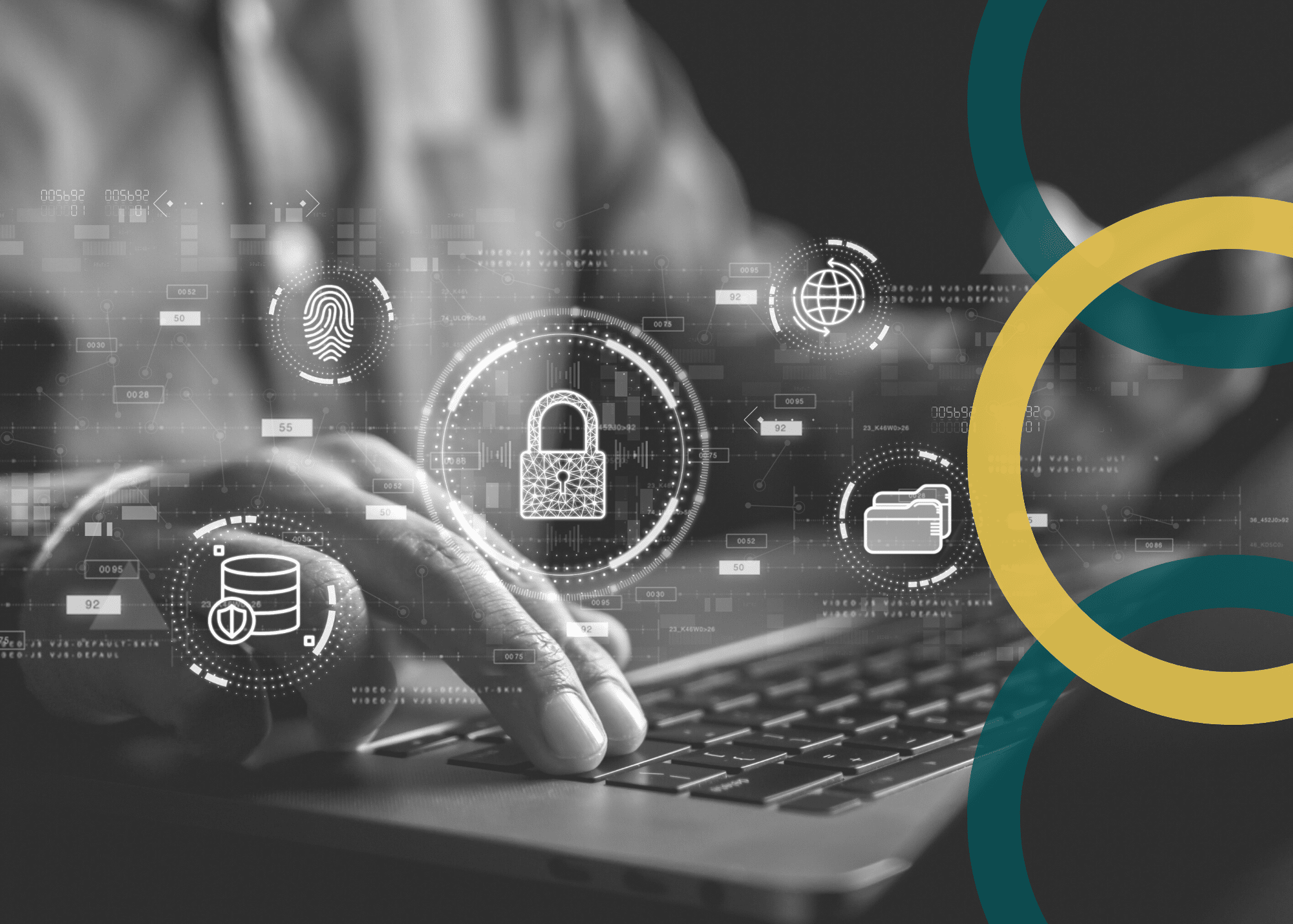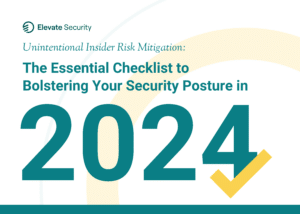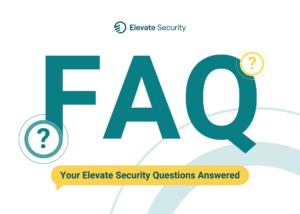
Human behavior remains a crucial factor in ensuring security. A recent study found 67% of employees attempt to circumvent security controls as they are reportedly 3x more likely to have negative feelings about intrusive security interventions. Yet, 78% of the study’s participants also promised they would comply with a security nudge. Cybersecurity nudges have emerged as a promising approach to encourage individuals to adopt safer online practices, but their impact is often limited by timing and effectiveness.
So nudges work. What if there was a way to seamlessly nudge employees at the right time in the right context? Would this timeliness help to promote better security behaviors? Undoubtedly so.
In this blog, we’re taking a closer look at the potential of artificial intelligence (AI) to augment the timing and capabilities of cybersecurity nudges. But first, let’s dive a bit deeper into what cybersecurity nudges are.
What is a Nudge in Cybersecurity?
A nudge is a subtle intervention or environmental change rooted in behavioral economics and psychology, designed to influence people’s behavior or decision-making. Nudges encourage individuals to make better choices for themselves and society by gently guiding their decision-making process while preserving their freedom of choice.
In the context of security, nudges help employees make better security-related decisions. Security platforms like Elevate Security leverage these nudge techniques to help employees develop better security habits and reduce human-related cyber risks.
The Elevate platform offers timely, context-aware nudges through email, messaging, browser, and endpoint integrations. By guiding users towards better security decisions when encountering risks such as visiting harmful websites, encountering phishing attempts, experiencing frequent attacks, or running outdated software, this security tool helps organizations reduce human-related cyber risks.
Can AI Improve Security Nudges and Employee Behavior?
AI algorithms can gather and analyze data from various sources, such as identity platforms, email security and web gateways, endpoint management solutions, and more. The analysis of this data would help AI identify patterns in user behavior and actions to determine optimal moments for delivering cybersecurity nudges. By leveraging AI-powered insights, organizations could strategically and automatically time nudges to align with users’ online activities, maximizing their impact and engagement.
These nudges, tailored to the individuals’ unique characteristics, preferences, and risk profiles, make them more relevant and persuasive. If AI is used to analyze users’ historical data and interactions, it can provide valuable insights into an employee’s cybersecurity vulnerabilities and craft targeted nudges that resonate with their specific security needs.
Today, Elevate Engage identifies your most vulnerable employees and intervenes when needed to help build better behaviors. Through individualized employee and manager scorecards, near real-time feedback in Slack or Microsoft Teams, and auto-assignment of training based on behavior, Elevate uses behavioral science techniques like nudging to encourage positive behaviors.
➡️ Download our product brief to learn more about Elevate Engage.
The Future of Security Awareness and Training as it Relates to Nudges
The explosion of AI in cybersecurity is hardly surprising:
- 75% of global executives report AI allows their organization to respond faster to breaches
- 69% also believe AI is “necessary for an effective response to a cyberattack”
Currently, AI can detect and respond to security threats with ease and in real time. This is great! But what happens when 8% of an organization’s workforce causes 80% of its security incidents? Where is AI when it comes to safeguarding user risk?
According to Gartner, “By 2025, lack of talent or human failure will be responsible for over half of significant cyber incidents.” This is a contributing factor as to why Gartner also finds, “By 2027, 50% of large enterprise CISOs will have adopted human-centric security design practices to minimize cybersecurity-induced friction and maximize control adoption.”
All that being said, we believe AI will become a key catalyst in reducing user risk and boosting security awareness within organizations through real-time nudges. Tools like Elevate Engage already help organizations identify and engage their riskiest people to motivate and measure behavior change in near real-time with personalized and automated nudges. With AI coming to new markets every day, we expect to leverage its power to enhance our user risk platform and our nudging capabilities to occur faster than ever.
Final Thoughts
Elevate Security helps you understand who is most ‘at risk’ and automates your response and controls with nudges tailored to these risky individuals. With consistent encouragement and detailed visibility of employee security posture and changes over time, you’ll gain increased security accountability across the organization while building a much stronger security culture.
Identify your riskiest people, keep them engaged in security protocol, and motivate and measure their behavior change with Elevate Engage. Book a demo to learn how.











